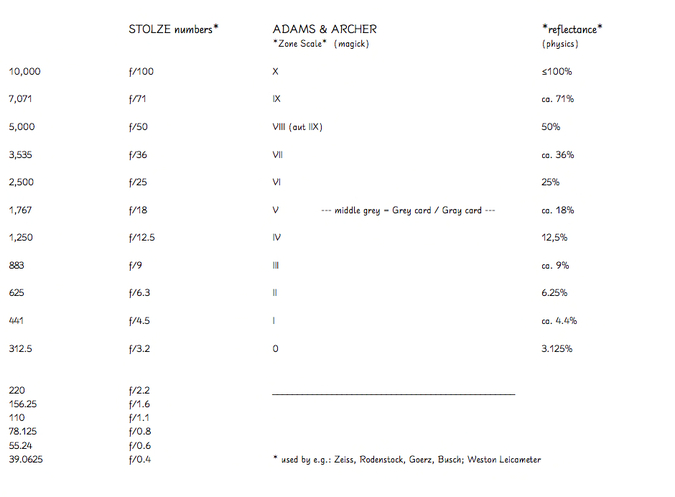julio1fer
Well-known
f value is just focal distance / aperture diameter. It used to be written as f/something, for instance f/8. The "f" being focal distance symbol in optics. In a 50 mm lens, f/8 would mean an aperture diameter of 50/8 = 6.25 mm
As said above each f stop is the previous one multpilied by square root of 2 (1.41 approx); so that succesive f-stops have one-half the area of the previous one, and therefore let half of the light pass through.
Current scale goes 1, 1.4, 2, 2.8, 4, 5.6, 8, 11, 16 and so on. The Germans started, I believe, from a famous 4.5 lens and built their scale from it. So, the 6.3 value belongs to the old German scale (4.5, 6.3, 9, 12...).
My old pre-war Summitar is marked in the German scale.
As said above each f stop is the previous one multpilied by square root of 2 (1.41 approx); so that succesive f-stops have one-half the area of the previous one, and therefore let half of the light pass through.
Current scale goes 1, 1.4, 2, 2.8, 4, 5.6, 8, 11, 16 and so on. The Germans started, I believe, from a famous 4.5 lens and built their scale from it. So, the 6.3 value belongs to the old German scale (4.5, 6.3, 9, 12...).
My old pre-war Summitar is marked in the German scale.




